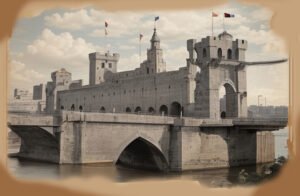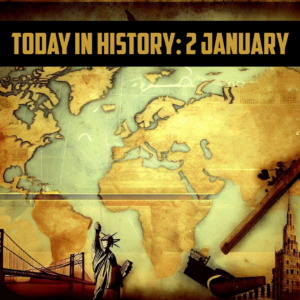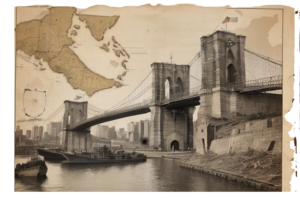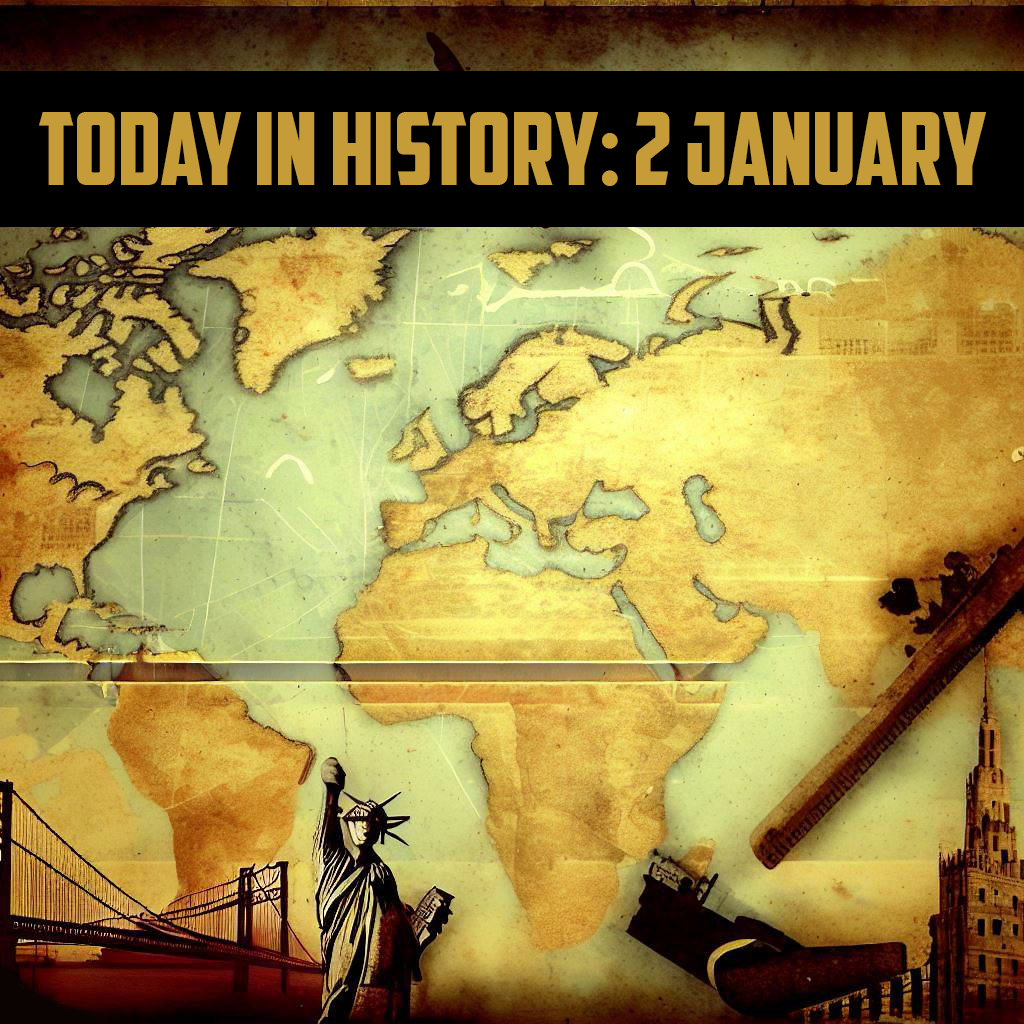The 2nd of January may not be as well-celebrated as the 1st, which marks the dawn of the New Year, but it has had its fair share of significant events. These events span from dramatic battles and political upheavals to innovations in technology and culture. Here, we’ll dive deep into some of the most remarkable moments that took place on this day throughout history.
Today in History: 2 January

1. The Reconquista is Completed in 1492
The Reconquista, or the ‘Reconquest’, was a nearly 800-year-long series of campaigns by the Christians in the Iberian Peninsula to recapture territory taken by the Muslims. On January 2, 1492, this extensive and often brutal campaign culminated with the capture of Granada. King Ferdinand II of Aragon and Queen Isabella I of Castile accepted the surrender of the last Muslim ruler in Iberia, marking the end of Islamic rule in the region. This moment set the stage for the Spanish Inquisition and the eventual unification of Spain.
2. Georgia Joins the Union: 1788
On this day in 1788, Georgia ratified the United States Constitution, making it the fourth state to join the Union. Georgia, originally founded in 1733 as a buffer between the English colonies to the north and Spanish Florida to the south, would later play a significant role in both the American Revolution and the Civil War.
3. Luddite Movement Begins: 1811
The Luddite movement began in earnest on January 2, 1811, when skilled artisans in England protested against the use of machinery, which they felt threatened their livelihoods. Named after their possibly mythical leader, Ned Ludd, these protesters smashed textile machinery in a bid to halt the progress of industrialization. While their rebellion was eventually quashed, the term “Luddite” remains in use today, describing those who oppose technological advancement.
4. First Photography Copyright Law: 1839
In 1839, the first copyright law covering photographs was enacted in the state of New York. This was a significant moment for photographers, as it meant their work could now be legally protected, ensuring they received proper credit and compensation. It set a precedent for copyright laws that would later be adopted around the world.
5. Construction of the Brooklyn Bridge Begins: 1870
One of New York’s most iconic landmarks, the Brooklyn Bridge, began its construction on January 2, 1870. Designed by John A. Roebling, the bridge was a pioneering effort in the realm of suspension bridge engineering. Upon its completion in 1883, it became the world’s largest suspension bridge and has since become a symbol of New York’s architectural prowess.
6. Russo-Japanese War: 1905
On this day in 1905, the Russian fleet at Port Arthur surrendered to the Japanese forces, marking a significant turning point in the Russo-Japanese War. This conflict was centred around the rival imperial ambitions of the Russian Empire and the Empire of Japan in Manchuria and Korea. The unexpected Japanese victory over a major Western power challenged prevailing global power dynamics and foreshadowed Japan’s rise as a major military power.
7. Red Scare in America: 1920
Amidst the backdrop of global political upheaval and the spread of communism, on January 2, 1920, U.S. authorities arrested thousands of radicals, leftists, and immigrants in various cities. This was part of a larger effort known as the Palmer Raids, named after U.S. Attorney General A. Mitchell Palmer. Fear of communism and radicalism led to these aggressive actions, but they also led to criticism of the government for overstepping its bounds and violating civil liberties.
8. WWII – The Battle of Manila: 1942
World War II was in full swing, and on January 2, 1942, the Japanese forces captured Manila, the capital of the Philippines. This event came after the bombing of Pearl Harbor and the ensuing Pacific battles. It took almost three years for the U.S. and Filipino troops to retake the city, but in 1945, Manila was finally liberated.
9. Nixon Signs Legislation Changing Speed Limit: 1974
In response to the 1973 oil crisis, U.S. President Richard Nixon signed a bill on January 2, 1974, that mandated a national speed limit of 55 miles per hour. This was aimed at conserving fuel during a time when oil supplies were severely disrupted. While the limit was often criticized and ignored by many drivers, it remained in effect until the mid-1990s when it was ultimately repealed.
10. Mining Tragedy in West Virginia: 2006
On January 2, 2006, a coal mine explosion in Sago, West Virginia, trapped 13 miners underground. Over the next few days, rescue efforts were in full force, and the nation watched in anticipation. Tragically, when rescuers finally reached the miners, only one had survived. The incident reignited debates on mining safety and regulations.

9. Other Notable Events:
- 533: Mercurius becomes Pope John II, the first pope to adopt a new name upon elevation to the papacy.
- 1492: Spain’s Catholic monarchs, Ferdinand and Isabella, entered Granada, completing the Reconquista.
- 1757: British forces, under the command of Robert Clive, captured the city of Calcutta, India.
- 1833: Reasserting a claim dating back to a 1670 papal decree, the United Kingdom seized control of the Falkland Islands in the South Atlantic. Almost 150 years later, the islands would become the focal point of a conflict between the UK and Argentina.
- 1900: John Hay announces the Open Door Policy, which promotes American trade interests in China and equal privileges for all foreign trading powers.
- 1929: The United States and Canada reached a bilateral agreement to preserve Niagara Falls.
- 1935: Bruno Hauptmann went on trial in Flemington, New Jersey, on charges of kidnapping and murdering the infant son of Charles and Anne Lindbergh. Hauptmann was found guilty and later executed.
- 1971: A barrier collapse at Ibrox Park football ground in Glasgow, Scotland, resulted in the deaths of 66 fans.
- 1974: President Richard Nixon signed a bill lowering the maximum U.S. speed limit to 55 MPH to conserve gasoline during an OPEC embargo.
- 1981: Peter Sutcliffe, the “Yorkshire Ripper”, was arrested in Sheffield, England. He was later convicted of the murder of 13 women during the late 1970s.
- 2002: The Palestinian leader, Yasser Arafat, made his way to Bethlehem’s Manger Square, offering peace to the Israelis. This was one of his rare public appearances during the Palestinian uprising.
- 2016: The armed occupation of the Malheur National Wildlife Refuge in Oregon began as part of a protest against federal land management.

In Culture:
1923: The Birth of Science Fiction
On this day, the first issue of “Weird Tales” magazine was published. This American pulp magazine is notable for having launched the careers of many of the 20th century’s most famous science fiction, fantasy, and horror writers, including H.P. Lovecraft. It provided a platform for speculative fiction and has since become a collector’s item for enthusiasts of the genre.
1980: “Larry King Live” Debuts
Broadcasting legend Larry King started his CNN show “Larry King Live” on January 2, 1980. Over the next 25 years, King’s show would become a staple of American television, known for its no-nonsense interview style and a wide range of guests from all walks of life.

Concluding Thoughts:
The 2nd of January, while overshadowed by the festivities and celebrations of New Year’s Day, holds a wealth of historical significance. From battles and political changes to cultural shifts and innovations, the events of this day have shaped the course of global history in various ways. As we commemorate these moments, it serves as a reminder that every day has the potential to be historically significant, laying the groundwork for a future “today in history.”
See more:
